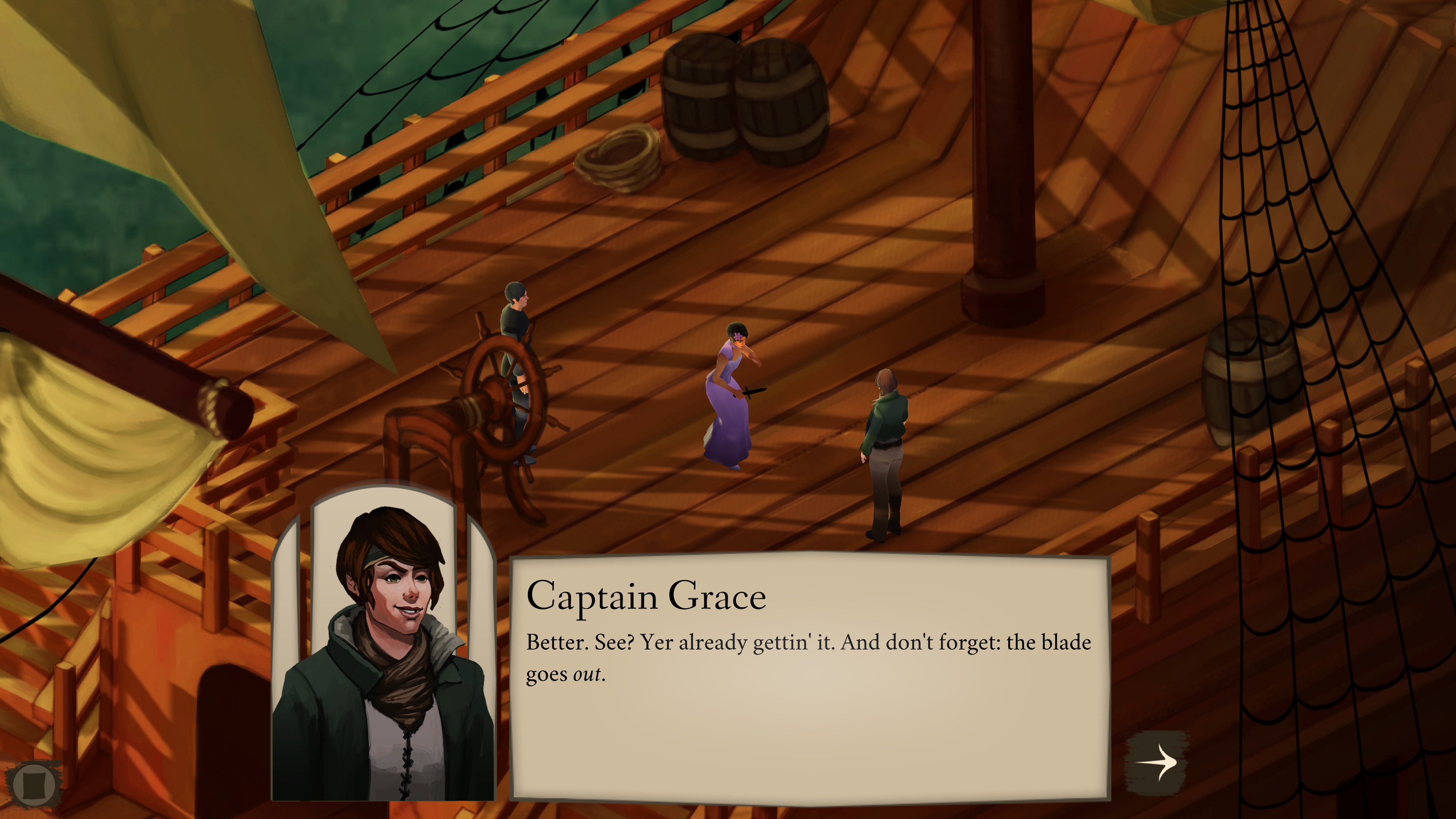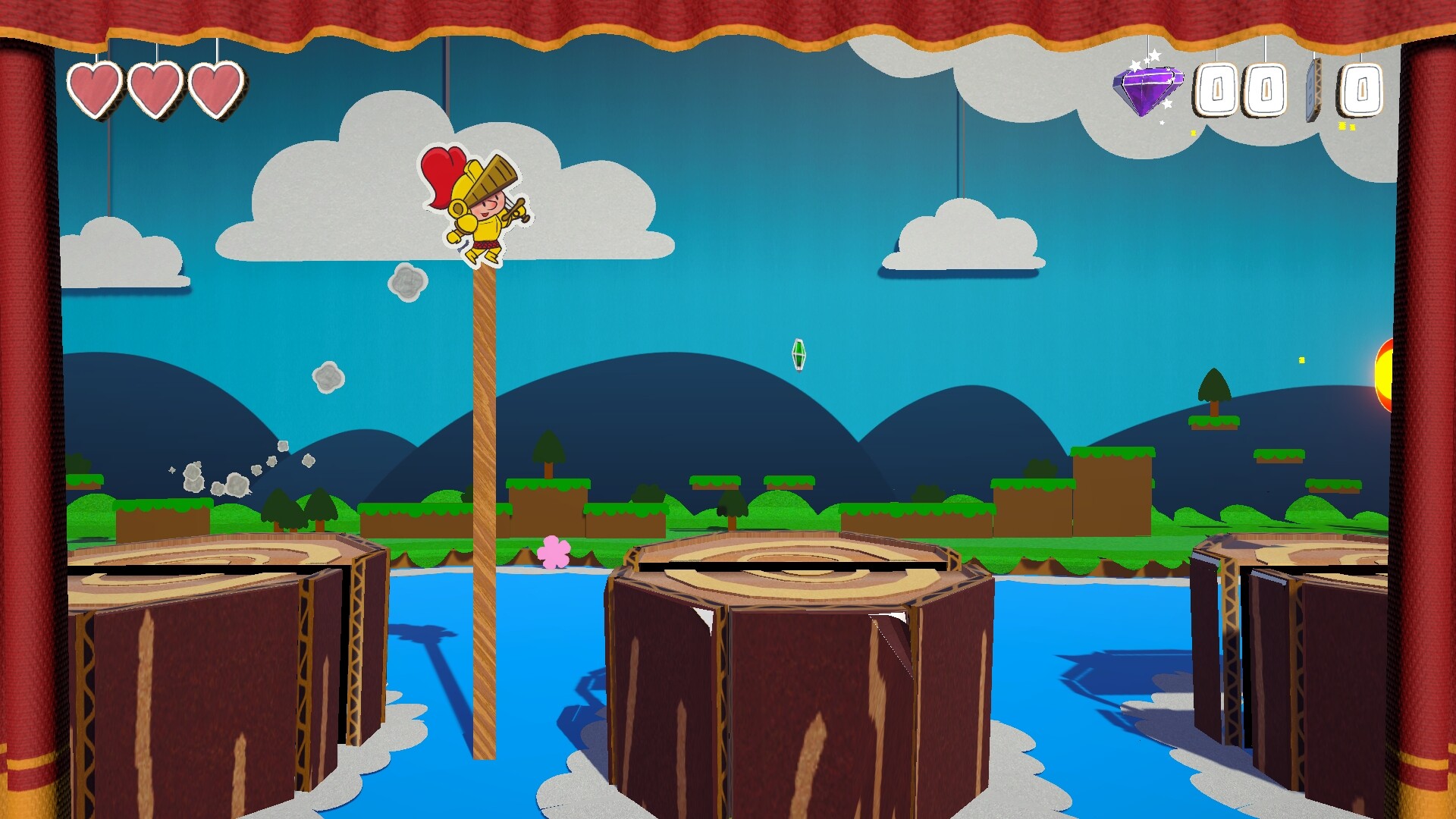If you regularly read the itch.io Recommends posts every week you likely remember Elsinore, a game about Ophelia from Hamlet trying to solve her way out of a time loop. I ended up really enjoying my time with the game and wanted to learn more about what went into making this surprising charmer. Luckily the folks at Golden Glitch were super friendly and agreed to answer a few questions about development.
We have a tradition of starting each interview in the same place: Who are you, and what is Elsinore?
Elsinore can best be summarized as “Groundhog Day plus Hamlet.” The player, as Ophelia, lives through the events of the original tragedy over and over, searching for a way to stop her friends and family from brutally murdering each other. Information the player has learned can be shared with other characters, and a real-time simulation schedules new scenes based on what these characters know, allowing events to develop in unexpected (and often fatal) directions.
As for “Golden Glitch,” we’re a group of friends who worked on this game during nights and weekends for the past six years. Many of us were friends in college, which is where the idea for Elsinore originated: from a contest for our “Game Creation Society” student club. Most of us have day jobs at various game studios, and have applied the lessons from those jobs to the development of this project. Over the course of the project, we’ve been through moves, layoffs, and multiple weddings, and meeting up every Sunday to do a few hours of work was a nice, constant excuse to hang out.
Elsinore takes the time loop narrative to Hamlet. Why did you decide to set your game in an existing universe rather than an original one?
There is a lot of power that can be drawn from an established world—especially when it’s something like Shakespeare. These characters and storylines have a long legacy of interpretations and rereadings, which gives you a lot of flexibility to do what you want with the story. In the case of Ophelia, we saw an opportunity to reclaim a character whose tragic death was her defining aspect. Her powerlessness, and lack of impact on the original play, perfectly positioned her to alter the course of events and be the “hero” of ours.
That said, we worked pretty hard to make sure you don’t have to be familiar with Hamlet to enjoy Elsinore. The game serves as both a different way to introduce new audiences to the material, as well as a compelling reimagining for those already familiar.
There seems to be more and more time loop games coming out. What made you want to explore this mechanic/ narrative device?
A central theme of Elsinore is tragedy, and the choice to do a time loop was a thematic one, part of the fundamental question of how to best explore tragedy in an interactive form. In most games, when something goes wrong, you start over and try again to escape the consequences. By contrast, in Elsinore, that process of having to start over is narratively part of the struggle.
Many a tragic figure meets their downfall because they lack knowledge; Elsinore gives players a chance to try to save those tragic figures by taking that knowledge back in time and attempting to use it to change their fate. It also works very well for us mechanically, encouraging players to push the limits of our simulation in order to potentially learn new secrets. You sometimes have to see a dark timeline through to learn what you want to learn and progress.
We’re also just generally fans of time loop stories, and we’re glad to see them catching on in the West again.
You built a lot of interesting tech for this game including what you’ve called the Dynamic Story Engine. Did you end up having to build a lot of custom tech for Elsinore?
The events in Elsinore’s story are driven by a narrative simulation based around modeling what characters know and desire. Controlling this simulation was a key design challenge for us: we wanted a game that allows for myriad scenarios while trying to remain compelling as frequently as possible. We built a lot of technology and tools to solve this challenge.
The foremost of these tools was a domain-specific programming language for writing the various scenes and events of the game. Having tools that allowed us to express our designs and quickly iterate on them were crucial in building the game. The system itself underwent a lot of design revisions and technological improvements; it took several iterations to find a set of mechanics that supported our design goals.
You explore a lot of the side areas of Hamlet in Elsinore, why did you choose to set so much of the game outside of the events of the play?
Elsinore takes place in real time, which means that every character needs a complete schedule for what they do over the course of four days. The original play only shows one slice of time, so the space of “what characters got up to when they were not on stage” is inherently a huge part of filling out those schedules. And the original play has a whole fight with pirates take place offstage—we had to fold that in somehow.
We took a bit of inspiration from Punchdrunk’s Sleep No More, a piece of immersive theatre which lets you wander around as the events of Macbeth play out. In our game, all of these “side scenes” are potential tools to let the player reframe and alter the core story.
Finally, what do you want the readers to know about Elsinore?
We’ve been received very positively by players so far, and we love hearing any thoughts and feedback! If you enjoy the game, are thinking about buying it, or have questions, feel free to post on the forums here.






